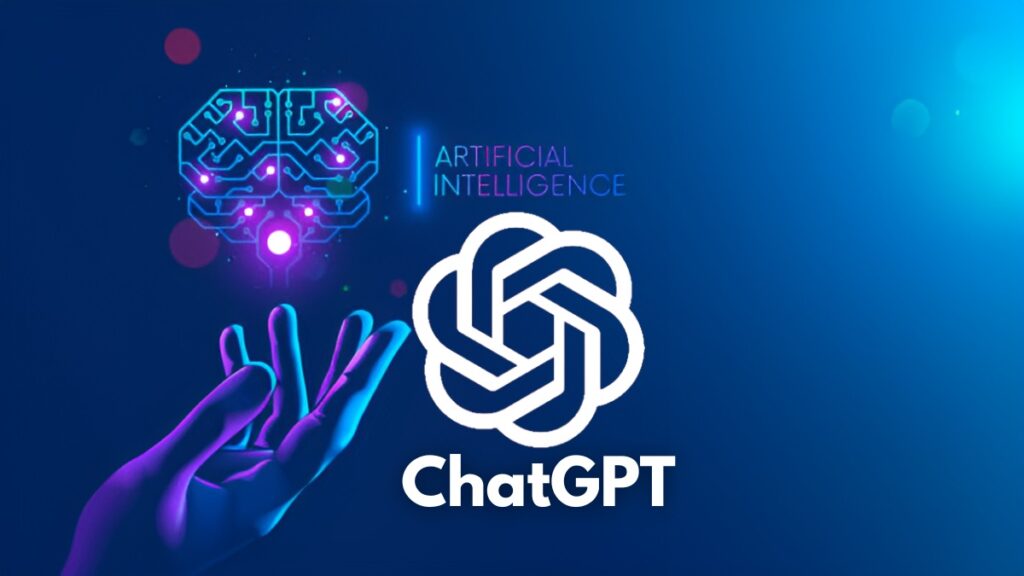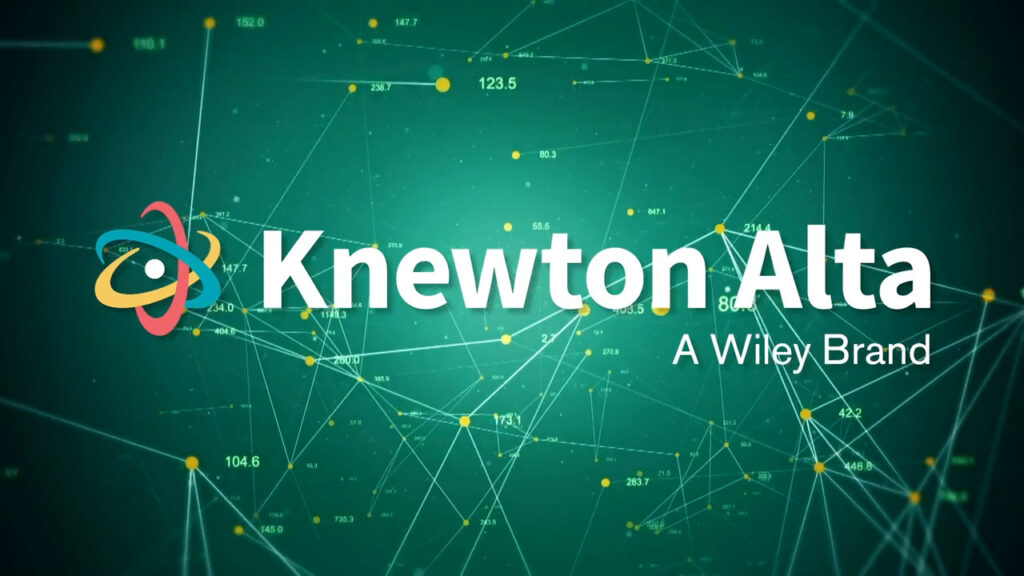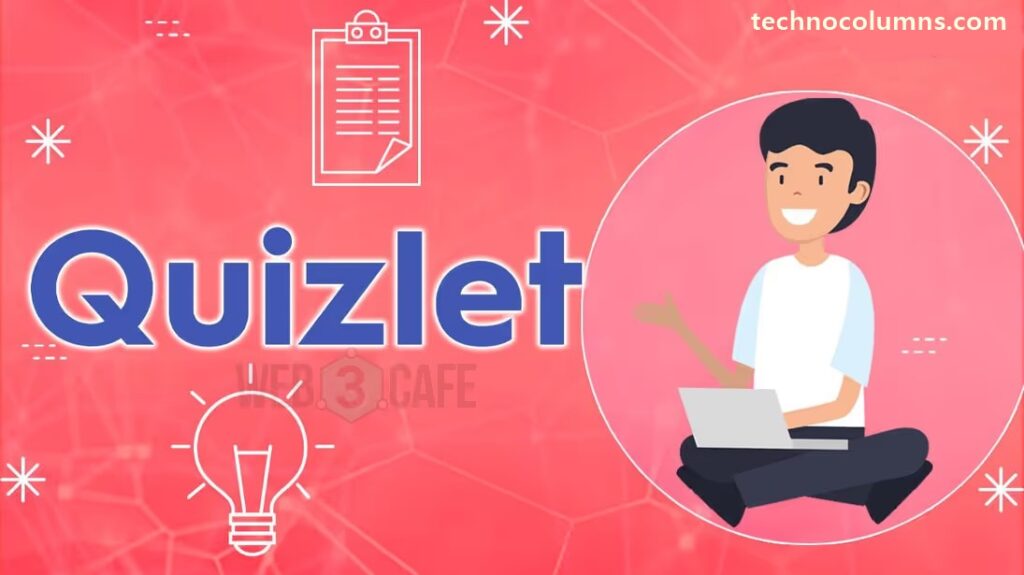Introduction
The rise of artificial intelligence (AI) in education has revolutionized how teachers teach and students learn. In 2024, AI tools have become indispensable in classrooms and study environments, offering personalized learning experiences, efficient administrative support, and interactive educational content. Below are five top AI tools for teachers and students in 2024, each offering unique features that enhance the educational experience.
1. ChatGPT for Education

Overview:
OpenAI’s ChatGPT has become an essential tool for both teachers and students. In 2024, it’s not just a conversational AI but a versatile educational assistant capable of generating lesson plans, assisting with homework, and providing personalized tutoring.
Features for Teachers:
Lesson Planning: ChatGPT can generate detailed lesson plans tailored to different learning levels and subjects. Teachers can input their curriculum requirements, and the AI generates a structured plan, including activities, assessments, and resources.
Content Creation: Whether it’s writing quizzes, generating discussion prompts, or creating interactive exercises, ChatGPT assists in content creation, saving teachers valuable time.
Grading Assistance: The tool helps teachers grade essays and assignments by providing feedback on content quality, grammar, and originality. It can even generate rubrics based on specific criteria set by the teacher.
Features for Students:
Homework Help: Students can use ChatGPT to get help with homework, ask questions about complex topics, or even generate study notes. The AI’s ability to explain concepts in multiple ways ensures that students grasp challenging material.
Personalized Learning: ChatGPT tailors responses based on a student’s learning style and pace. For instance, it can offer step-by-step solutions for math problems or simplified explanations for scientific concepts.
Language Learning: With built-in language capabilities, ChatGPT can help students practice languages, offering conversational practice, translation assistance, and grammar correction.
Impact on Education:
ChatGPT empowers teachers to focus more on teaching and less on administrative tasks, while students benefit from personalized learning and instant access to knowledge.
2. Knewton Alta

Overview:
Knewton Alta is an adaptive learning platform that uses AI to provide personalized learning experiences in subjects like math, science, and economics. It’s designed to adapt to each student’s needs, helping them master difficult concepts by providing tailored instruction and practice.
Features for Teachers:
Course Customization: Teachers can customize the content and structure of their courses based on their curriculum and the specific needs of their students. Knewton Alta provides insights into student performance, allowing teachers to identify areas where students struggle and adjust the content accordingly.
Automated Grading: Knewton Alta’s AI automatically grades assignments, quizzes, and tests, providing immediate feedback to students. This helps teachers manage large classes without getting overwhelmed by grading.
Features for Students:
Adaptive Learning: The platform continuously assesses students’ understanding and adjusts the difficulty of content in real time. Students receive additional practice in areas where they struggle and can skip content they’ve already mastered.
Instant Feedback: Knewton Alta provides immediate feedback on assignments, helping students understand their mistakes and learn the correct approach. This accelerates the learning process and boosts confidence.
Progress Tracking: Students can track their own progress, set goals, and see how they’re improving over time. The AI offers suggestions for areas to focus on, helping students become more independent learners.
Impact on Education:
Knewton Alta’s adaptive learning capabilities ensure that students receive the instruction they need when they need it. It leads to better outcomes and more efficient learning.
3. Edmodo with AI Integration

Overview:
Edmodo, a widely used educational platform, has integrated AI to enhance collaboration, communication, and content delivery in classrooms. With AI, Edmodo offers more personalized learning experiences, better resource management, and enhanced classroom interaction.
Features for Teachers:
AI-Powered Recommendations: The platform uses AI to recommend resources, lesson plans, and activities based on the teacher’s curriculum and students’ needs. This reduces the time spent searching for quality materials.
Enhanced Communication: AI chatbots facilitate communication between teachers, students, and parents. Teachers can automate responses to common questions, send reminders, and schedule meetings with ease.
Analytics and Insights: Edmodo’s AI analyzes student engagement, participation, and performance, providing insights that help teachers identify at-risk students and adjust their teaching strategies accordingly.
Features for Students:
Personalized Learning Paths: Students receive personalized content recommendations based on their performance and interests. The AI helps students focus on areas that need improvement while encouraging exploration of new topics.
Interactive Learning: AI-powered quizzes, games, and simulations make learning more interactive and enjoyable. Students can also participate in group activities, discussions, and peer assessments within the platform.
Parental Involvement: Edmodo’s AI keeps parents informed by automatically sending updates on their child’s progress, upcoming assignments, and important announcements.
Impact on Education:
Edmodo’s AI integration fosters a collaborative learning environment and streamlines communication. It ensures that students stay on track with personalized learning paths.
4. ScribeSense

Overview:
ScribeSense is an AI-powered tool designed to simplify the grading process for teachers. It can read and evaluate handwritten and typed assignments, making grading faster and more consistent.
Features for Teachers:
Automated Grading: ScribeSense uses AI to scan, read, and grade handwritten or printed assignments, quizzes, and exams. This eliminates the need for manual grading, saving time and reducing errors.
Customizable Rubrics: Teachers can set up custom grading rubrics that the AI uses to evaluate assignments. ScribeSense ensures that grading is consistent and aligned with the teacher’s criteria.
Analytics and Reports: The tool generates detailed reports on student performance, highlighting trends and identifying areas where students may need additional support.
Features for Students:
Feedback Quality: ScribeSense provides detailed feedback on assignments, helping students understand their strengths and weaknesses. The AI can offer suggestions for improvement and point out common errors.
Fair Grading: The consistency of AI grading ensures that all students are evaluated fairly, without the potential biases that can sometimes affect human grading.
Impact on Education:
ScribeSense frees teachers from the time-consuming task of grading, allowing them to focus on instruction and student engagement. Students benefit from timely, detailed feedback that helps them improve.
5. Quizlet with AI Enhancements

Overview:
Quizlet has long been a favorite tool for students to create and study flashcards. In 2024, Quizlet has integrated AI to offer even more powerful learning tools, making it a go-to resource for both teachers and students.
Features for Teachers:
AI-Generated Study Sets: Teachers can generate study sets automatically using Quizlet’s AI. By inputting a topic or a list of terms, the AI creates flashcards, quizzes, and games that align with the lesson content.
Classroom Integration: Teachers can use Quizlet’s AI-powered tools to create live learning games, track student progress, and assign study sets to their classes. The platform’s insights help teachers understand which topics need more focus.
Customizable Content: The AI adapts the difficulty of content based on the students’ performance, ensuring that everyone is challenged at the appropriate level.
Features for Students:
Adaptive Learning Mode: Quizlet’s AI tracks how well students know each concept and adjusts the study sessions accordingly. This helps students focus on the areas they need to improve while reinforcing what they already know.
Gamified Learning: Quizlet’s AI enhances its gamification features, making studying more engaging. Students can compete in live games, track their progress, and earn rewards for their achievements.
Collaboration Features: Students can collaborate with peers, sharing study sets and participating in group study sessions. AI helps facilitate group activities by matching students with similar study needs.
Impact on Education:
Quizlet’s AI enhancements make it easier for students to study effectively and for teachers to create and manage content. The adaptive learning and gamification elements make studying both efficient and enjoyable.
Conclusion
The AI tools available in 2024 offer transformative potential for education. They cater to various aspects of teaching and learning, from personalized instruction to administrative efficiency. ChatGPT stands out for its versatility, supporting both teaching and learning across multiple subjects and levels. Knewton Alta’s adaptive learning ensures that students receive the targeted support they need, while Edmodo’s AI integration fosters collaboration and personalized learning paths. ScribeSense takes the burden of grading off teachers, and Quizlet’s AI enhancements make studying more engaging and effective. Together, these tools empower educators and students to achieve better outcomes in a more efficient, interactive, and personalized learning environment.
